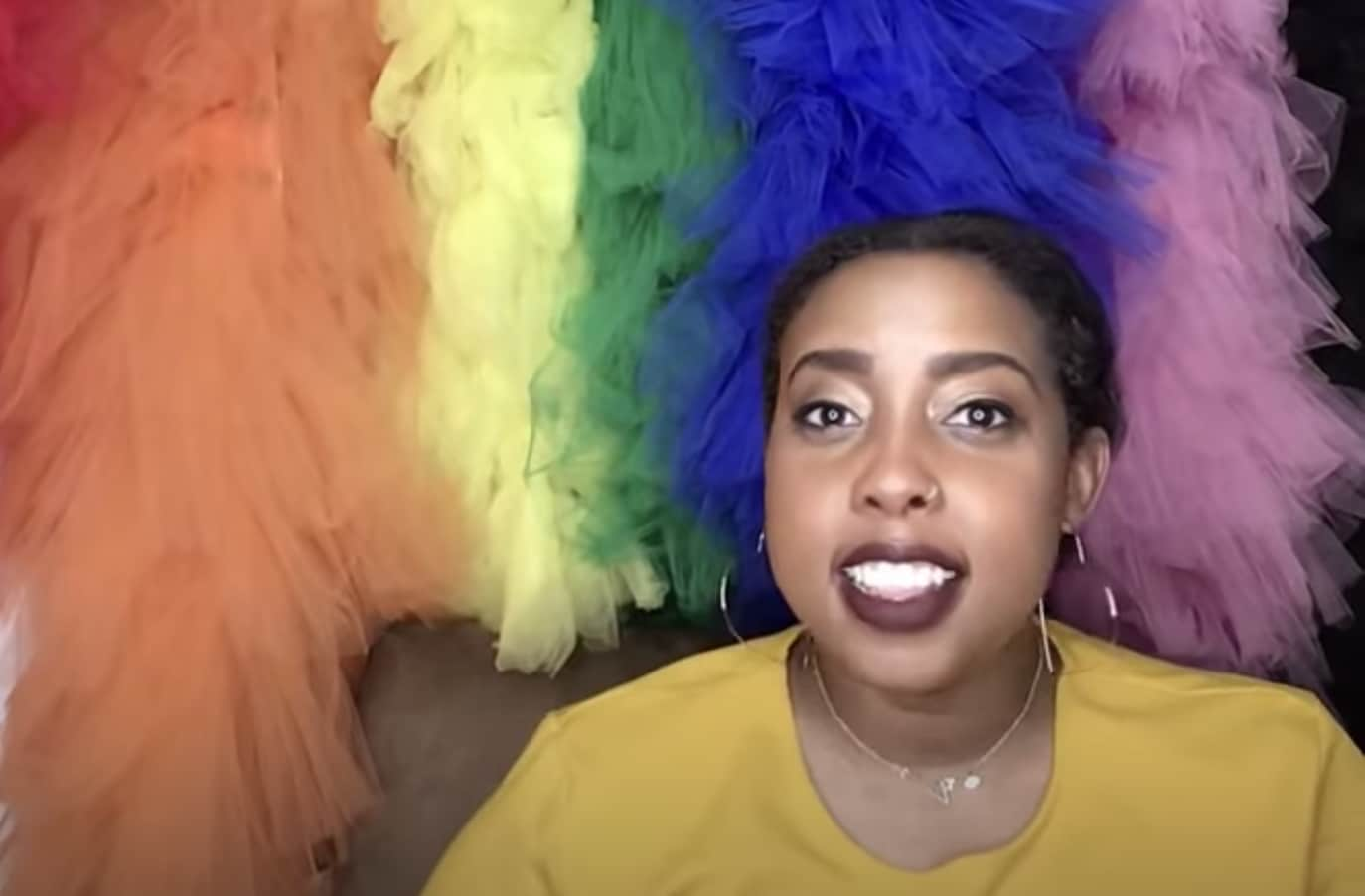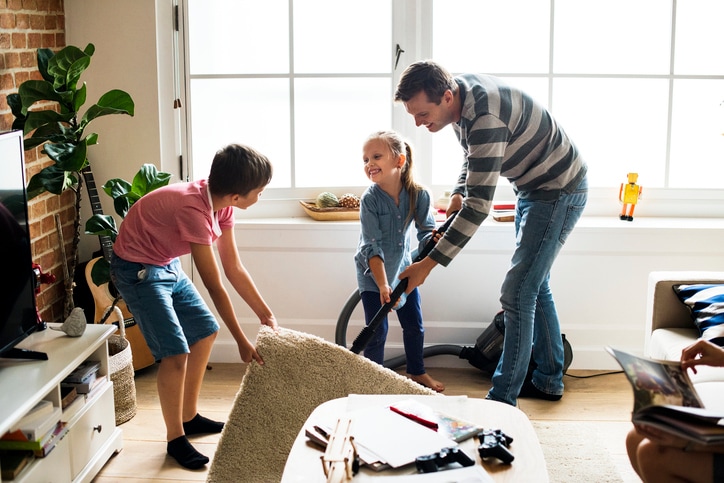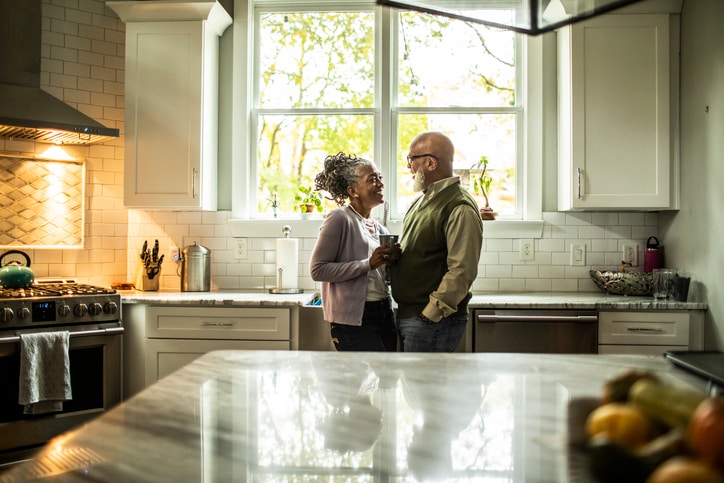The recent protests against police brutality have sparked a nationwide conversation about racial justice. Confederate monuments are being torn down, major brands like Aunt Jemima are acknowledging their racist roots and making changes, and policymakers are re-evaluating systemic inequalities that lead to discrimination against Black Americans. It’s an important and historic moment in the U.S., and a lot of parents are trying to figure out how to explain it all to their kids.
Most parents struggle with how to discuss racism and social activism in terms young children can understand, but a recent viral video by New York kindergarten teacher Vera Ahiyya, a.k.a Ms. Ahiyya, gives parents and caregivers a crash course on how to have these important conversations like an expert.
“I made this video for the kindergarten students at my school,” Ahiyya writes in the video’s description. “I realize this might be a helpful video for non-Black children to also watch. In the video I discuss what racism is and how it’s impacted the lives of Black and Brown people.” She adds, “I encourage young people to think about what actions they can take to use their voice to speak out against injustices.”
Ahiyya opens the video with a mention of the COVID-19 pandemic but reminds viewers that the U.S. is also fighting another disease: racism. “Some people believe that people with black or brown skin should not have the same rights or privileges as people with white skin,” she says. “This is called racism, and racism has happened in the United States for over 400 years.”
Ahiyya talks about the ways that all people — even young kids — can fight back against racism. She tells kids to call racism out when they see it, write letters supporting the cause, speak with family and friends, ask questions about how to help and, most of all, to use their voices any way they can.
“It is up to us for things to change. People make a change by standing up for what’s right. They protest, they stop shopping at places that don’t treat people fairly, they use their voice,” she explains. “Even [if you’re] as little as 3 years old, you have a voice. You know what’s right and you know what’s wrong. You can use your voice to speak up for change.”
Ahiyya’s simple yet vital message has resonated with parents and educators all over the country. The video was posted on June 3, 2020, and already has over 143,000 views on YouTube and over 45,000 views on Instagram. In the comments on Ahiyya’s Instagram account, people are thanking her for showing them how to break this complex issue down in such clear terms.
“Thank you for this!!! My sister has been struggling with how to further this conversation with her 5 year old daughter in a developmentally appropriate way,” one person writes. “Once again, teachers to the rescue!”
Ahiyya’s video is important because it proves to reluctant parents that conversations about racism, activism and social justice aren’t too complicated for young kids. Only 10% of parents regularly discuss race and ethnicity with their kids, according to a 2019 report by Sesame Workshop, the independent nonprofit organization behind Sesame Street. Many white parents, in particular, avoid the subject because they don’t know what to say or because they believe the best way to raise racially tolerant kids is to promote “colorblindness,” a philosophy in which racial differences are never pointed out or discussed.
Research shows kids are highly aware of race, whether parents talk about it or not. Infants as young as six months old can differentiate faces based on race, according to a 2015 study by The Society for Research in Child Development. A separate study by researchers from Harvard University and the University of Chicago found that by 5 years old, kids express “explicit social preferences for own-race individuals.”
If parents don’t discuss race early and often, these implicit biases may go unchecked. As Wanjiku Njoroge, a board-certified child psychiatrist and adjunct professor of psychiatry at Yale, points out in a piece on race and parenting for Yale News, “avoiding conversations about race sends a message that there’s something off-limits, and even bad, about racial differences.”
There are numerous resources parents can turn to when they want to have conversations about race, racism and social justice. Ahiyya is one of many educators and activists who are sharing their knowledge and advice online. Children’s books like Let’s Talk About Race, which Ahiyya reads in her video, are also a great place to start. CNN and Sesame Street even partnered on a recent town hall special to help families learn about and discuss social justice and systemic racism.
As Ahiyya makes clear in her video, fighting racism is a job for everyone, and change will only happen when we work together. For parents, that means taking meaningful steps to educate kids about the ways racism impacts people’s lives and how every family can contribute to the fight for equality.






